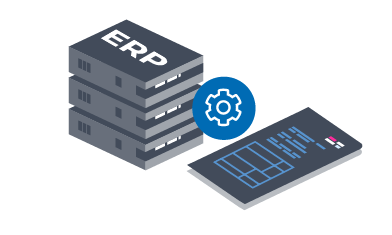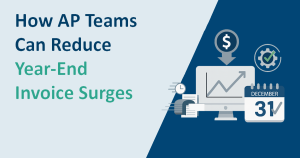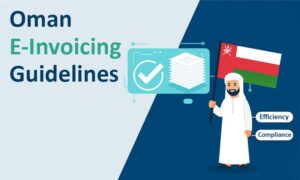An agile Accounts Payable (AP) department is fundamental for a seamless back office. However, accomplishing speed at scale is quite a significant test.
This process is necessary for settling supplier and vendor payments. The department handles incoming invoices and bills, and may provide additional functionality depending upon the nature and size of the business.
Furthermore, the P2P cycle is much more extensive for this department.
Explore the P2P process in detail here: The Essentials of Procure-to- Pay – symtrax
How does the AP department handle incoming invoices manually?
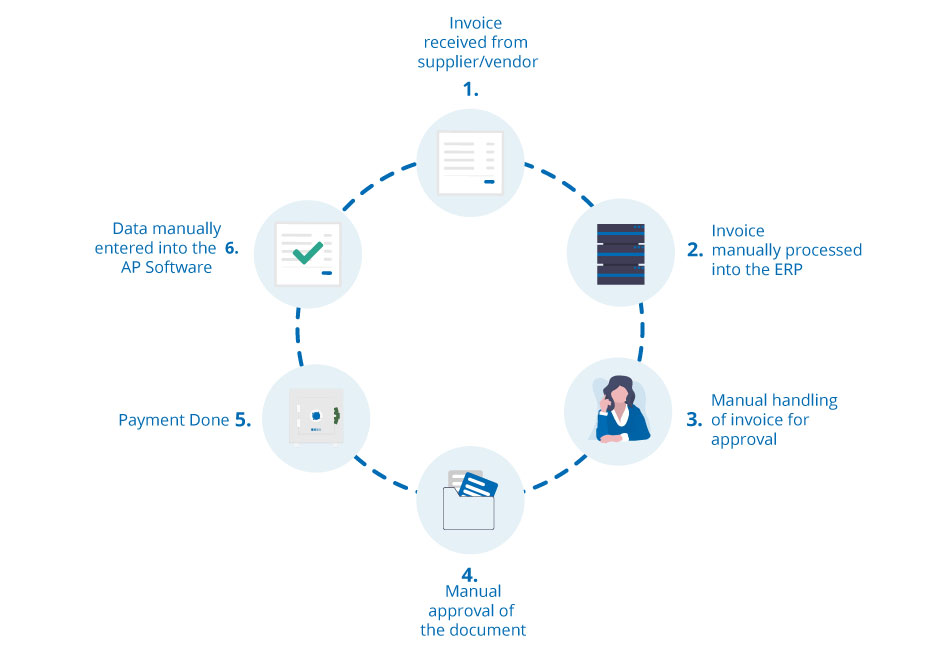
Doesn’t this look exhausting? Even for well-established companies, the presence of manual workflows for handling invoices can be a huge factor in delayed payments, resulting in unhappy vendors. Labor-intensive paperwork, manual errors, and regular bottlenecks can also lead to missed deadlines and other issues.
71% of companies reported manual data entry and incompetent AP processes as crucial pain points.
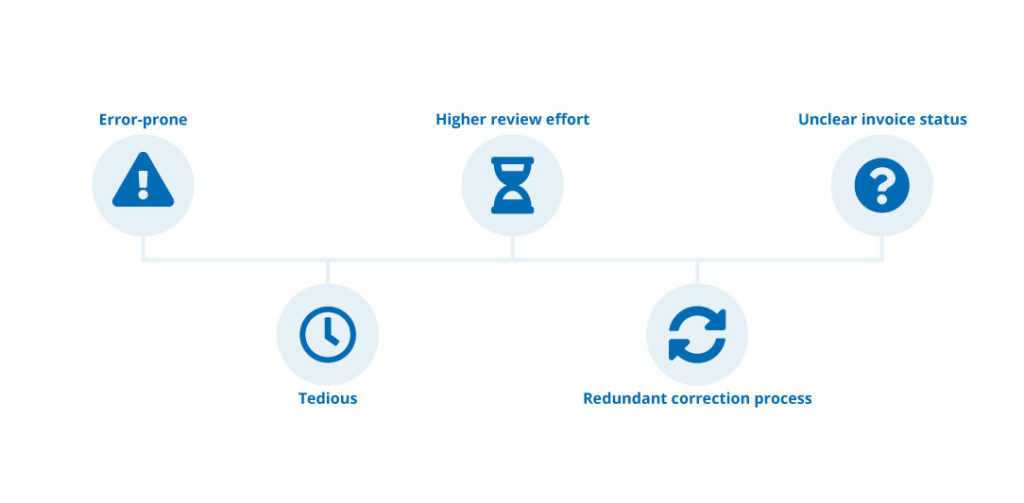
Other issues that can arise due to manual invoicing are:
Incoming Invoice Format:
Do you know the number of invoices your AP department processes daily? What percentage of them are paper-based? According to one study, about 70% of global invoicing still takes places on paper, adding in more and more time to properly handle invoices.
Manual Invoice Data Capture:
90% of global data entry and extraction still takes place manually. Organizations are still having a hard time in capturing unstructured invoice data . Manually analyzing, comparing and analyzing data from multiple document sources is quite a tedious task that leaves organizations open to possible errors.
Invoice Approval:
Multi-faceted manual invoice approval often takes a lot of time. Almost 52% of businesses with AP automation see documents approved documents within 4 days or less, as opposed to 41% businesses still taking the manual approach.
What could remedy these issues? Let’s examine the best solutions.
Automation is perhaps the most sought-out subject among AP departments. There are several types of automation to explore, ranging from AI programming to receipt processing automation. Each one holds the potential to address major issues while adding value through a powerful ROI.

Invoice Automation eliminates the need for manual work by extracting the incoming invoice data and pushing it into the correct ERP or AP system. This type of data or invoice capture reduces the long periods of time associated with data entry. At that point, the Invoice Automation software will then convert the captured data into a text-accessible document.
Businesses believe the two major barriers to their digitization adoption are the time needed to implement an automation solution and distortion of the existing framework. The essential function of an automated invoicing solution is to extract data from an invoice and map it into the ERP. This incorporates information like purchase amounts, quantities, and vendor names . The invoices are then forwarded to the correct recipients for review and approval.

Software solutions for invoice automation
Automated invoice processing software has delivered enormous savings in labor and cost. Numerous organizations now consider this innovation to be fundamental, and this could.
However, adapting to such software can be a drastic shift, and there are many different software options available. This is why it’s important to consider your specific business needs when deciding which one to adopt.
Conclusion
With every day, more businesses are shifting their focus to automation. Accounts Payable departments can work as the bridge towards organizational growth. Looking forward, the next step in invoice automation could be extending access to mobile devices, which will not be as restricted by location. Successful digitization often begins with updating your business processes. Symtrax provides invoice automation solutions for multiple different functions based on your needs.
